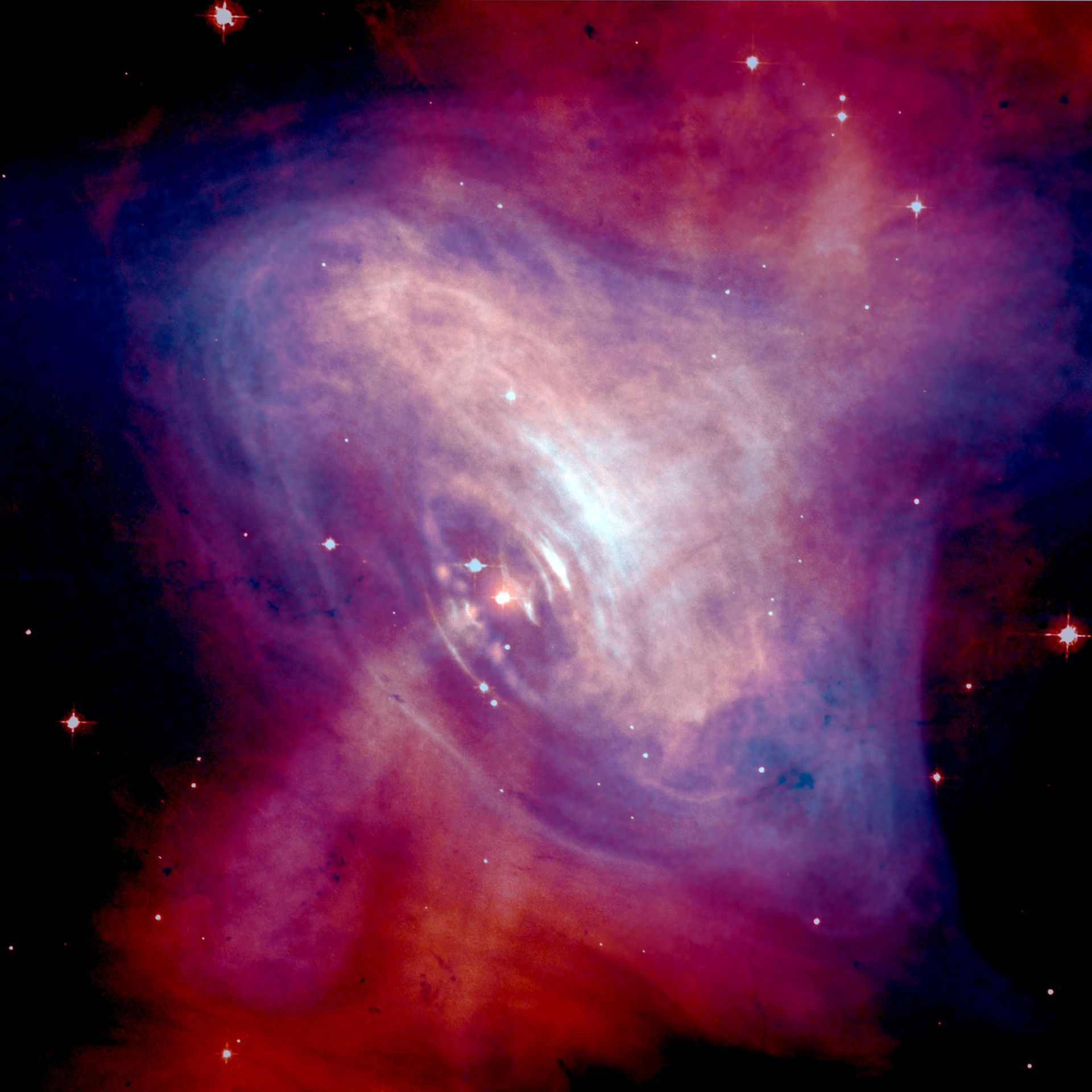In 1967, Jocelyn Bell Burnell made an extraordinary discovery at Cambridge University - the first pulsar. As the star's core becomes denser and rotates around its own axis, its magnetic field intensifies, creating a magnetic force at its poles that is 1 trillion times stronger than Earth's. This fast-spinning star, accompanied by a powerful magnetic field, emits concentrated rays of immensely strong radio waves in a conical shape during each revolution. These signals originate from the rapid rotation of neutron stars, which we now call "pulsars." These massive stars are the brightest and fastest-moving bodies in the universe, with some pulsars spinning 600 times per second. The distinct periods of pulsars make them invaluable tools for astronomers.
In 1983, a remarkable discovery was made: certain types of pulsars were found to surpass atomic clocks in terms of their unparalleled accuracy in timekeeping. These pulsars, with their incredible precision, were a testament to the power and beauty of the cosmos. Not only can cosmic rays penetrate through the Earth's atmosphere, but they have also been detected underground, such as in the London Underground system or deep within mines. With their rapid spin and immense gravitational forces, pulsars seem to effortlessly traverse space, breaking through anything in their path. In 2015, astronomers witnessed the astonishing power of PSR B1259 as it tore through a gas disk surrounding its companion star, propelling a fragment of the disk outward at an astonishing speed of approximately 40 million miles per hour. This extraordinary event serves as a prime example of how pulsars can carve their way through the vast expanse of space. Among these celestial wonders is PSR B0329+54, a pulsar located approximately 3,460 light-years away in the constellation of Camelopardalis. This ancient celestial body completes a full rotation every 0.71452 seconds and has graced the cosmos for nearly 5 million years.

